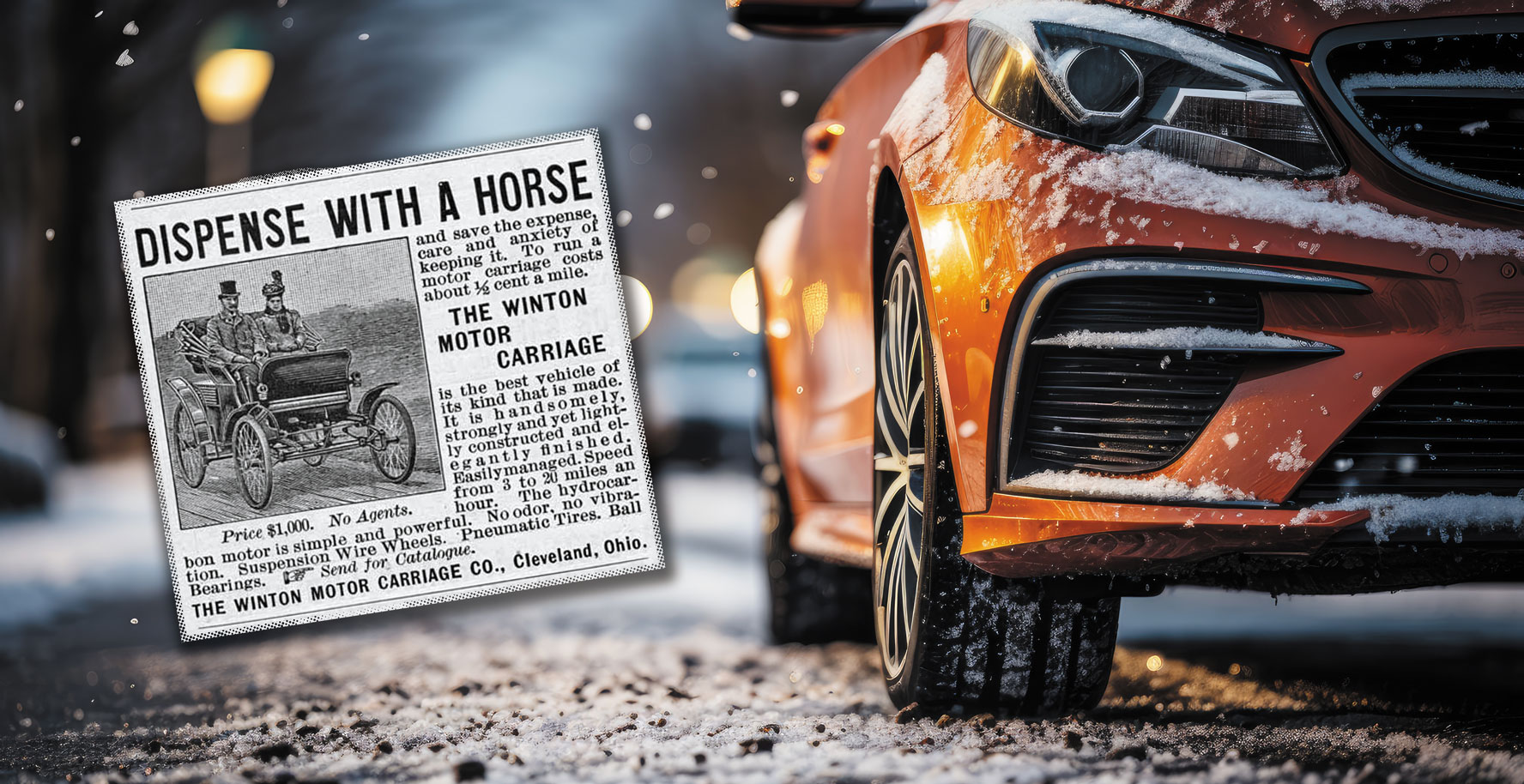Within this most desirable of local neighbourhoods, some rather large shapes which circulate the streets cast a troubling shadow, says Liz Bodycote from Wanstead Climate Action
I moved to Wanstead from an inner London borough eight years ago. Beckoned by the trees, as parts of ancient forest nestle amongst the layers of development down the centuries, it feels such a privilege to make a home here – to enjoy the friendliness of neighbours and the benefits of independent local businesses. Yet within this most desirable of local neighbourhoods, there is a troubling issue which needs to be addressed.
Wanstead’s wealth seems to bring with it a lot of awfully big cars on its roads – those urban jeeps and their crossover cousins, collectively known as ‘sports utility vehicles’ or SUVs – our home-grown contribution to the 330m on the planet, which in 2022, emitted nearly a billion tonnes of carbon dioxide (CO2). Where did they come from? There was a time, back in the day, when the automotive lust was for ‘sleek and lean’. Now it seems to be for ‘big and butch’. How did that happen? What drives us as drivers?
It is likely the beginning of the story starts with that engine of our economic system: profit. Early in the life of SUV production, car manufacturers found they could command a profit margin of around 25%, in contrast to only 5% for the ordinary cars on the roads at the time. From thence, advertising was called in to do what advertising does – to create an appetite for ‘goods’ (or ‘bads’?) we didn’t know we needed. So, as the certainties of our world seem to be breaking down and our politicians seem unable to deliver the safety and security we are looking for, how appealing are the images of command and control over rugged nature, spectacular and remote, or the lure of well-apportioned protective spaces within.
But, of course, we feel we can see through the adverts. Fact is, it feels a safer and better ride from higher up there at the wheel. There’s more room for all the kids and kit. Much easier as a family – you don’t have to keep bending down with that dreadful battle to get the kids into the car seats. My mother, who has mobility problems, finds it much easier to get in and out. There will be many and varied personal reasons why an SUV feels better than the car we had before. And in this, we are bang on trend. The SUV share of new car sales in Europe has risen from 7% in 2006 to over a half of sales by the beginning of 2023.
And yet, not only is there reason to doubt the real increase in safety and protection SUVs deliver (certainly for the pedestrians and other road users with whom they may collide, and also for the drivers and passengers of SUVs themselves), the weight of their carbon cost is undeniably heavy.
At a time when it is critical for our children and grandchildren that we start to eradicate fossil fuels from our diet, the global oil consumption of SUVs increased by 500,000 barrels a day between 2021 and 2022, (for non-SUV cars there was little change) and the CO2 emissions from driving them increased by nearly 70m tonnes. For a sense of how outsized the SUV impact has become, we could try and take in the International Energy Agency’s calculation in 2021, that if the world’s SUVs constituted an individual country, it would rank sixth in the world for absolute emissions!
Though the sale of electric SUVs is on the rise, switching only the energy source whilst keeping the design is unlikely to be compatible with the needs of our climate. These energy-hungry vehicles require significantly bigger batteries than average electric cars, so adding to pressure on battery supply chains and the critical minerals needed to make them. It seems clear that costs of what have come to be our treasured car comforts are well beyond the capacity of the planet on which we all can live.
In street surveys undertaken by Wanstead Climate Action and at the last Wanstead Festival, people were asked to rate how concerned they were about the climate crisis on a five-point scale, from ‘not worried’ to ‘terrified’. The overwhelming majority clustered around ‘seriously concerned’ to ‘terrified’. Though taking into account those who stopped to take the survey are likely to be those tending to be concerned, it could be taken as an indication there is a community in Wanstead for whom the climate emergency is a pressing reality. With SUV ownership being such a significant contributor to hastening climate breakdown, is this an area in which we can review our lifestyle choices so that Wanstead can become greener for us all?
A friend of mine drew my attention to the world’s first advertisement for the car in 1898. It urged ‘dispense with a horse’. As we begin 2024 in Wanstead, is it possible to contemplate it as a year where we might now ‘dispense with the SUV’?
To pursue this conversation, email wansteadclimateaction@gmail.com
For more information on Wanstead Climate Action, visit wnstd.com/climate




